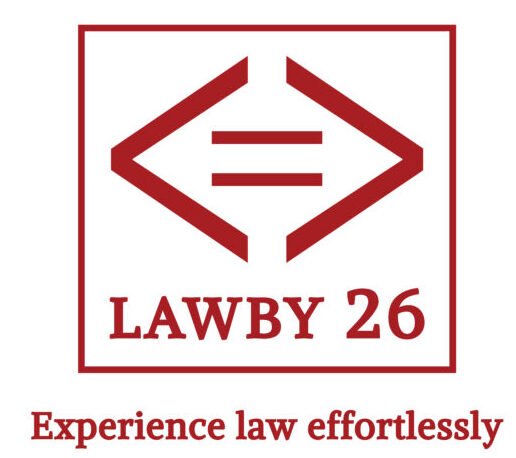Introduction
Imagine your finances hitting a rough patch,
Debt Restructuring Steps in like a financial rescue squad
It prevents bankruptcy by renegotiating debt terms for short-term flexibility and overall debt management.
Three Pillars of Debt Restructuring:
Corporate: Companies negotiate debt terms or face creditor-initiated restructuring for missed payments.
Sovereign: Countries facing repayment challenges repackage their debt to sustain their economies, often through negotiations.
Lastly, for Individuals drowning in financial woes, debt restructuring offers tweak terms like interest rates or repayment duration with creditors, also seeking relief from credit card debts.
Legal Framework:
In India, laws and regulations oversee debt restructuring and insolvency matters through several key legislations:
IBC AND NCLT: Revamping Debt Resolutions:
Insolvency and Bankruptcy Code (IBC) 2016 outlines a time-bound process for resolving insolvency via reorganization or liquidation like Corporate Insolvency Resolution Process(CIRP) and Individual Insolvency Resolution Process.
Section 230 of the Companies Act,2013 deals with a company’s authority to negotiate with creditors and members during a financial crisis caused by debt issues by allowing the company to propose an agreement or plan for compromise with its creditors or members.
National Company Law Tribunal (NCLT) plays judge and jury and approves such proposed schemes.
SARFAESI Act: Non-Intervention in Asset Recovery
Securitization and Reconstruction of Financial Assets and Enforcement of Security Interest (SARFAESI) Act, 2002 empowers banks to manage non-performing assets (NPAs) by selling assets without Court intervention.
RBI’s Debt Recovery Mechanisms:
The Reserve Bank of India established a scheme empowering banks to recover bad loans by converting dues into equity, thereby gaining control of distressed companies through a joint lenders forum. Example: Jaiprakash Power Ventures and Rattan India Power Ltd., which restructured debts through equity conversions, reducing interest burdens significantly[4].
Debt Recovery Tribunals (DRTs) is a specialized tribunal established to handle debt recovery and corporate insolvency cases.
Supreme Court’s Fairness Directive:
The recent Supreme Court ruling transformed how banks label loan accounts as fraudulent, ensuring borrowers’ rights and fair hearings in the process, especially amidst the increased bad loans during the pandemic. Before this ruling, financial institutions could label accounts as fraudulent without allowing companies to defend themselves.
It prevents arbitrary classification, offering relief to companies undergoing debt restructuring.
Conclusion
Debt Restructuring laws in India are like a guide which helps everyone in tough financial times by providing a supportive hand to make things fairer for borrowers and lenders alike.
Done By: V. Madhumitha, 5th year B.A, LL.B(Hons.)
SRM University, Kattangulathur
For Origin Law Labs



